School Reform needs Equity – Response to NY Times
It sounds so easy yet it’s so hard. School Turnaround. Reform. Program Improvement. Lots of experts outside of education have all the answers. Instructional leadership, coaching teachers and getting into classrooms. Simple enough. Then why hasn’t it been done before, especially in the hardest areas? Because to engineer for equity, leaders need the proper building blocks:
- Mindset
- Time set
- Alignment
- Refinement

As I read, a recent article in The NY Times Magazine, entitled Can Good Teaching be Taught?, by Sara Mosle, a lot resonated with me. It’s quite good. Check it out here if you don’t have a subscription.
I have worked in 7 schools over the past 15 years, all serving students of color, from low-income backgrounds. I have seen many phases of school reform, most with minimal results. As I have begun to lead a school through change, I have refined my vision on what it takes, to break the cycle of institutional oppression and breakthrough. Let’s take a look in 4 parts.
1) Equity Mindset
- Build your capacity with coaching and PD
- Clarify and articulate your equity purpose
In short, leaders NEED a coach. The article makes this very clear and it’s a game changer for leaders, for schools, and ultimately for schools. Monthly meetings at a minimum, co-observations to calibrate, plan debrief, and build leadership skills are huge. A coach can analyze documents, refine a leaders vision, and strategize for team meetings. I was pleased to see this comprise so much of the article. Coaching is key. I consider Kristin Bijur, Anakarita Allen, Jose Garcia, and Han Phung to be my Phil Jacksons. Don’t forget conferences, books, and workshops. Stay learning.
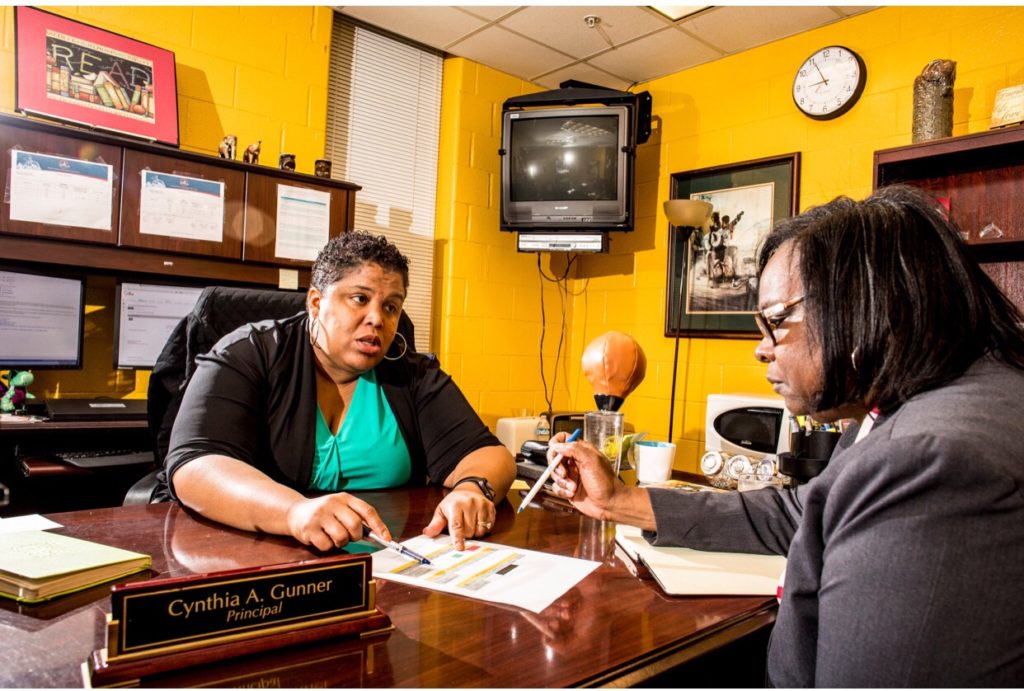 Equity is one thing that the article implies but doesn’t make very explicit. It’s imperative that a leader has a crystal clear equity mission, shares it often, and looks to cultivate it in their staff. It is the foundation of all change, especially if we are making changes, that our most marginalized students deserve. It’s what’s underneath the conversation to be restorative, Culturally Responsive, and engaging. It’s what separates believers from fundamentalists.
Equity is one thing that the article implies but doesn’t make very explicit. It’s imperative that a leader has a crystal clear equity mission, shares it often, and looks to cultivate it in their staff. It is the foundation of all change, especially if we are making changes, that our most marginalized students deserve. It’s what’s underneath the conversation to be restorative, Culturally Responsive, and engaging. It’s what separates believers from fundamentalists.

2) Alignment of resources and action plan
- Create a laser focus on instruction
- Align your resources with your vision
- Clarify your theory of action
Let’s be real. If we had the perfect conditions in society and students had basic needs met, money in schools wouldn’t matter. But that ain’t the case. So we need more funds. I have seen what you can do when you have an additional few 100k lying around. It helps to spark innovation and fuel adult learning.
In addition, you have to simplify your vision so it’s clear, and all connected. Lastly, as Ross points out, leaders need to be in the classes, talking with teachers about instruction and assessment. Don’t be distracted by misbehavior or caught up in controlling brown bodies. We saw what 400 years of that policy yielded. It’s time to build independent learners and empowered students.
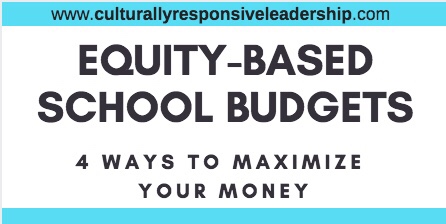
3) Optimize Time
- Create more time for adult learning, community building, and consciousness development
- Deeper learning for students and blow up your bell schedule
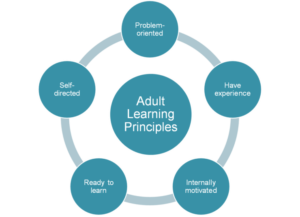
Mosle mentions that Principal Gunner talks about afternoon staff meetings, but the author leaves out how powerful that space can be when it is informed by Adult Learning Theory, differentiated, and teacher-led. Here’s where equity comes back. Folks need to remember why we are learning, and what the changes are so urgent.
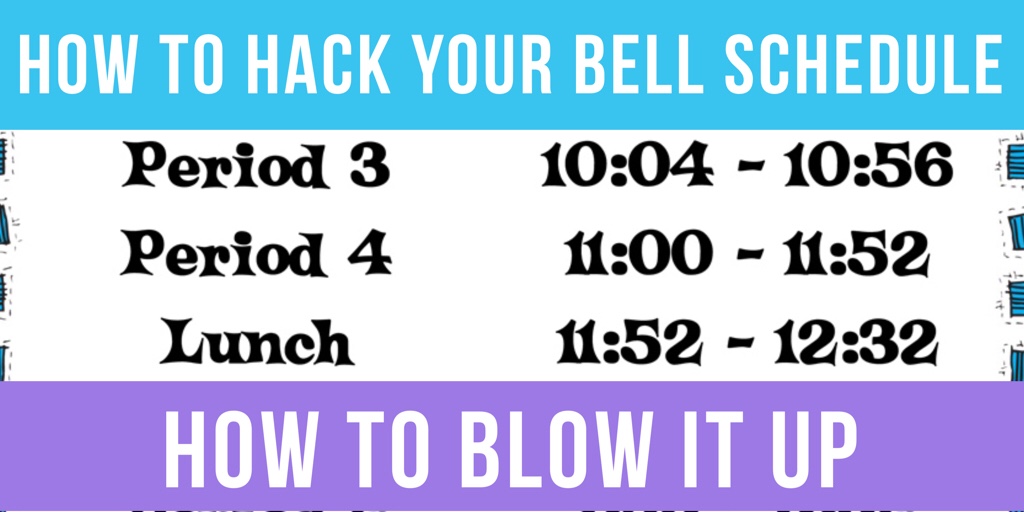
The article talks about creating reading intervention time in an Elementary School, which is also needed in Secondary schools. This requires some redefining of your bell schedule and master schedule, which might call for some dynamite. Fire in the hole. A little design-thinking goes a long way.
4) Refinement of skills
- Build the capacity of your leaders
- Create deeper learning for your teachers
- Use a coaching approach
When Microsoft came up with the title PowerPoint for their program in 1990, they didn’t intend for teachers to spend hours staring at them. We need to look at other areas for powerful learning like these. And an hour of staff development, similar to 50 minutes of science a day, doesn’t cut it.
Extended time for adults to collaborate, reflect, and plan are necessary for learning. Your school’s leadership teams can lead this learning and model the risk-taking necessary for development. A leader needs to use a coaching approach to changing practice like those detailed in Elena Aguilar’s The Art of Coaching. Combine the 2 and have peers give each other feedback using protocols and cycles of inquiry.
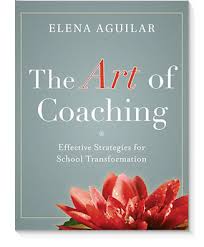
Conclusion
Of course, it’s not that easy. You have to stay committed, even when your homies ain’t with it. And the cost of pushing for change means usually, you have fewer homies. It takes years. I’ve been at it for 3 cycles around the sun, and I’m just starting to see big changes. Our teacher-leaders are starting to take responsibility, our work is becoming more focused, and we are improving our interpersonal relationships. And the data is moving too. It’s a long road, but like the great Sam Cooke said, a change is gon’ come.

